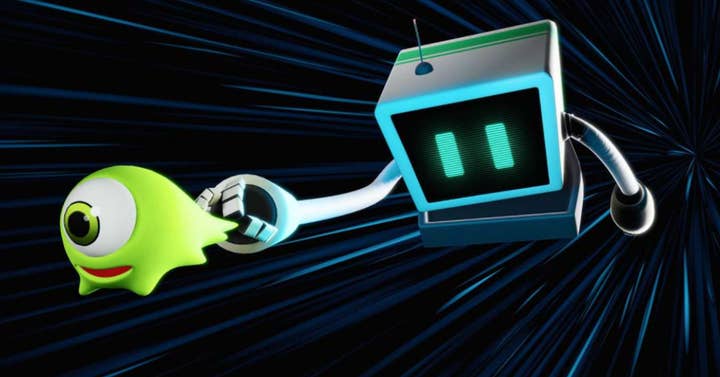How to design autistic-friendly games
We talk to Changingday's founders Nick and Alison Lang about the making of Blinnk and the Vacuum of Space, a VR title made with autistic players in mind
Sign up for the GI Daily here to get the biggest news straight to your inbox
As the games industry slowly becomes more aware of accessibility needs, efforts to account for neurodiversity have been limited.
As part of the GamesIndustry.biz Academy, we previously addressed understanding and supporting neurodiversity, including autism, in the workplace, as well as the fact that accessibility isn't rocket science.
This article is an attempt at bridging the gap between these two topics, giving pointers about how to account for neurodiversity in-game, and more precisely how to make your game more accessible to players on the autism spectrum.
This has been the goal of Changingday, the Scottish developer behind VR title Blinnk and the Vacuum of Space. Co-founders Alison and Nick Lang ran an advertising creative services business for 20 years and had an epiphany when they tried a VR headset for the first time six years ago.
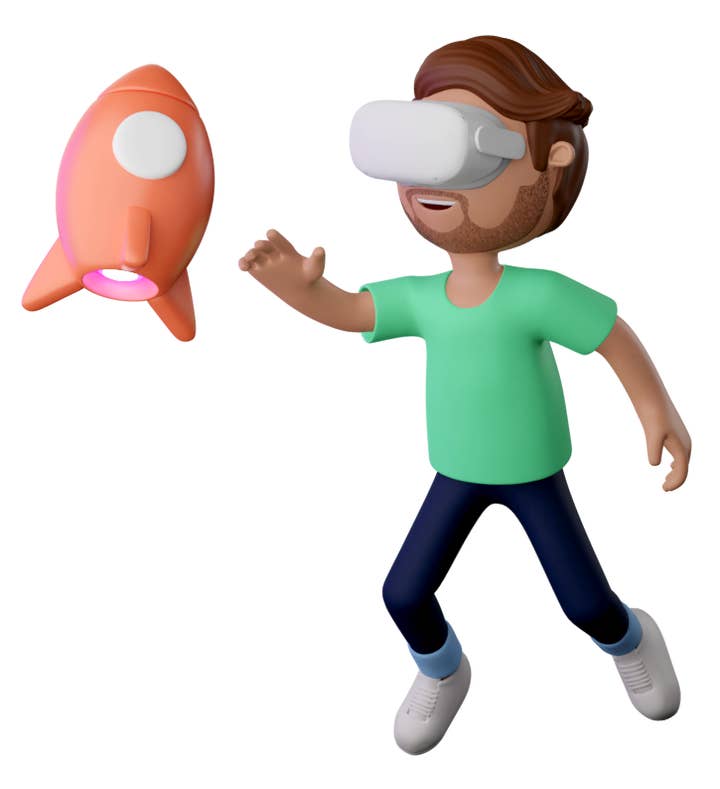
"We don't have a tech background, we don't even have a gaming background, but the minute we tried [VR] we thought: this would be an amazing thing if autistic people would tolerate wearing a headset, and maybe find an enjoyable experience, a freeing experience," CEO Alison Lang says.
Nick and Alison's daughter received an autism diagnosis over 25 years ago and Alison notes that, at the time, this wasn't common. In the US, only one in 150 children were diagnosed with ASD (Autism Spectrum Disorder) in 2000, versus one in 44 as of 2018.
"Autism is the fastest growing developmental disorder globally," Alison continues. "And yet there's very few things that are helpful or specifically designed for the autism market… It is a difficult thing to do and we appreciate that more than anyone, but I think people should give it a try."
Creative director Nick Lang notes the lack of attention toward autistic gamers is surprising considering that gaming can be a "huge resource and source of comfort" for people on the spectrum.
"But most games, there are certainly some features – and in some games, a lot of features – that just don't chime with the autistic experience like loud noises, shocks, and stuff like that," Nick adds.
Alison and Nick have spent the last four years researching and developing their idea, with Blinnk and the Vacuum of Space finally releasing last month.
"The main purpose for us was to create a game that was specifically designed for autistic people, with autistic people involved at every stage," Alison says. "And that's what we've done."
Work with autistic developers, from the ground up
As with any accessibility work, as we noted in a previous guide about accessibility, it's crucial to embed the process in development from day one. Accessibility isn't something you can just tack on at the end.
"The fact that diversity and inclusivity is at the forefront of everything that people are talking about these days in the gaming industry – which has not always been the case – is a really good positive thing," Alison says. "We've talked to people from other studios and [they] just don't know where to start. The best place to start is from the ground up. You have got to build the accessibility features from the very bottom up."
One key part of that is to have autistic people involved in development right from the start. It bears repeating that if you're making a game for a specific audience, you should always have staff who have first-hand knowledge about that audience's experience and interests.
Changingday has several team members who are autistic and worked with autistic players throughout the entire development cycle, with Alison saying that the studio "wouldn't have done it otherwise or in any other way" because "it just simply wouldn't work."
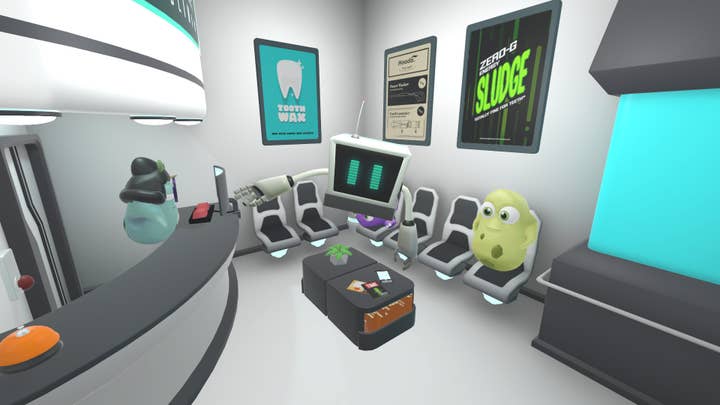
Don't overwhelm the players with settings
Considering the myriad of options to consider (more on that below) when making your game more autistic-friendly, taking a 'less is more' approach as to not overwhelm the player with settings can be a good call.
"There's the kind of desire to throw all the accessibility options in [but] that in itself can be overpowering"Alison Lang
"There's the kind of desire to throw all the accessibility options in [but] that in itself can be overpowering and not a good thing to do," Alison says. "So you won't find every option that you can think of in our game. The ones that are there are there because they've been thought through specifically [at] every single stage that we [went] through. A huge control centre... That's too much in itself, potentially, for an autistic person. So it's not overwhelming them at any stage, even if that's at the accessibility options stage."
Nick recalls working on sound options, a "hugely important" area in VR.
"We looked into the option of switching off individual sounds, like the sound of the vacuum, or the sound of certain creatures, or the sound of certain features within the game. But it just became so complicated and [there were] too many choices.
"The key triggers will be sound and colour, and gameplay to some extent. The gameplay we can't switch that on and off but it's designed accordingly, [and] sound and colour can be adjusted in the main important ways, rather than in every single way."
Research your audience
Even with first-hand knowledge about ASD within the team, Nick and Alison note how important it is to research the topic thoroughly before going into development, both with online resources and directly talking to autistic people.
Nick points to interesting research from the University of Bath among others, for instance on the benefits and challenges of new technology, in particular VR, for autism.
Alison adds that research took a long time for Changingday because "autism is such a broad spectrum." Taking the time to understand that spectrum is crucial to define your target audience.

"It took us a long time to decide where on the spectrum to sit the game," Alison adds. "After a lot of research talking to a lot of autistic people, the obvious place to do [it] was kind of bang in the middle.
"So our target group is from 13 up – and the only reason it's 13 up is because headset manufacturers recommend 13 up for the use of their headset. The game really is suitable from any age up. However, being in the middle [of the autism spectrum], being able to use a PC, being possibly a gamer already or interested in gaming, that would be the kind of audience that we'd be looking for."
Research also helped Changingday pinpoint a genre for Blinnk, as Alison noticed a lot of love for shooters among the autistic community the studio was talking to. But some players also didn't like the idea of using a gun.
"So in order to accommodate everyone, we created this 'Vacuumizer 5,000', which sucks up the groobs [the game's creatures that you need to catch]. So it is kind of gun-like without being a gun, so it doesn't have the impact of the negative associations, but it has the fun aspect of it."
Test your ideas thoroughly
Once you've done your research, it's fundemental to test your ideas with autistic players. The results of Changingday's face-to-face research is what it based its prototypes on.
"We built three or four prototypes which we tested with autistic people to get an idea of what they liked, but also what they find difficult and frustrating in games, and in life in general, and trying to build all of that into what we did," Nick explains.
The different prototypes were tested by around 140 autistic people who came to Changingday's office, Nick adds.
"The main purpose was to create a game that was designed for autistic people, with autistic people involved at every stage"Alison Lang
"They were brilliant and, fortunately, they reinforced a lot of our suppositions, so we knew we were going in the right direction. And then we did another fairly lengthy opinion research on types of games, and that was done remotely. And then we started building the game. At every point, as we built the game, we tested what we'd done."
Nick mentions "constant input from our audience from day one, as well as our own lifetime of instinct." And the team very much hopes that this constant input isn't over now that the game has launched.
"I do think it's very important to say that this is the first game we've produced and that we are genuinely looking for feedback from the autistic community, the wider community that we haven't managed to reach," Alison says. "We want to know what they think about it, we want to know what changes they would like to see. And that [will be] going into our second game."
Consider these autistic-friendly options
In terms of actual features built into Blinnk to be more autistic-friendly, Nick and Alison mention that the key options include preparing players for new situations, including relaxing areas, being low pressure or pressure-free, and giving options to tweak sounds and colours to avoid being overwhelmed, as already mentioned.
Limit unexpected situations
First, Nick notes the importance of setting expectations for what's going to happen in-game.
"We know that autistic people find it difficult to go into new situations because they don't know what to expect. So what we did [is] we built [this] into the narrative of the game. There's a briefing given by this robot before you go into any new level in our game, which shows where you're going, what it all looks like, and who you're going to meet when you get there."
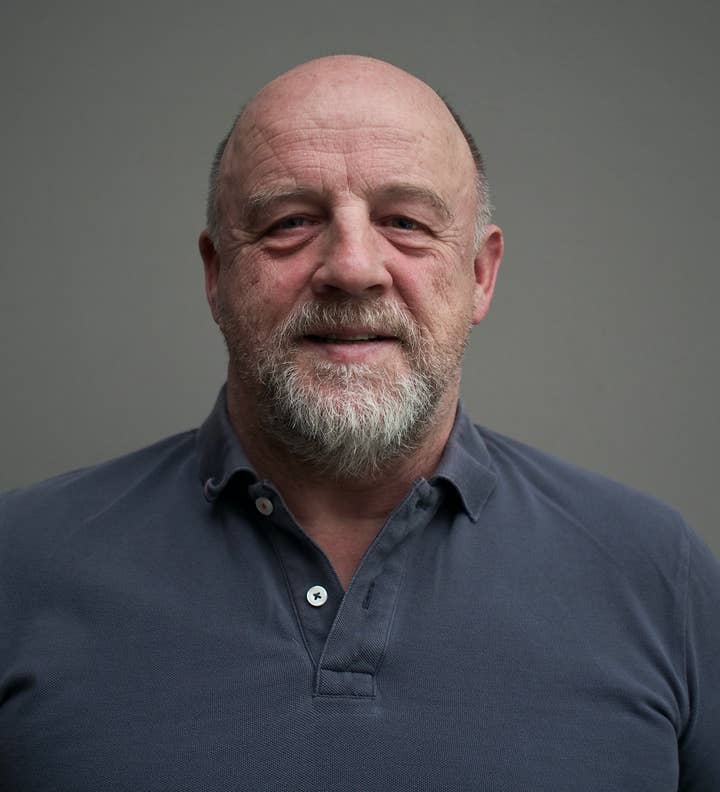
Similarly, he says that it's a good practice, if you're employing an autistic person, to communicate ahead of time about your office's setting.
"For example, you [can] video the front of your office, going up in the lift, the desk where they will sit and show all the people that they're going to be sitting around. That's recommended practice. So we've just incorporated that into our game, which is something that a lot of games need to do."
Provide safe spaces to take breaks
Whether or not in VR, providing low pressure areas in between more intense sections can give players a welcome break. It's particularly important for autistic players to provide areas where they can wind down if they become overwhelmed.
"We have a function where the player has a smartwatch so that if they become over-stimulated they can hit this smartwatch and it takes you straight out of the game to a nice relaxing space where they can calm down," Nick says. "And there they'll also find an accessibility menu where they can fine-tune the game, the colours, the sounds.
"And then they hit the smartwatch, they go straight back into the game where they left off. But only when they're ready to do that. And they dictate the pace of it. It's up to them, they're in control of what happens."
Avoid failed states
Going back to that idea of limiting the amount of pressure you're putting on the player and letting them dictate the pace, Blinnk doesn't feature any failed state or Game Over screens.
"They dictate the pace of it. It's up to them, they're in control of what happens"Nick Lang
"It is an [important] consideration because one of the things that will lead to [autistic] players becoming over-sensitised or feeling out of control are things like deadlines, having to do [something] in ten seconds or having to do it in five minutes.
"The idea that they can't continue the game until they get X number of points or until they kill all of the baddies, that just puts pressure on. So we don't have that, at any point in our game. You can stop what you're doing and you can go to another level where you can continue, you can go past stuff, but it's fun to gather the points. That is entertaining. But it becomes more entertaining for them because they don't have to, they can choose whether they gather the points or not. We've made it pressure free, but at the very least I would say other games should be looking at optional pressure."
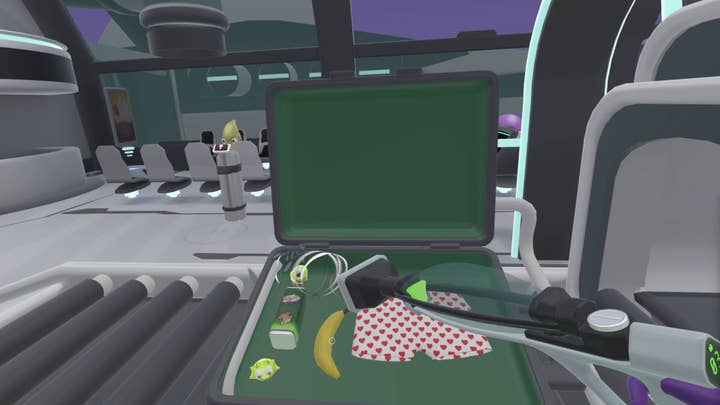
Blinnk and the Vaccum of Space has been very well received since its release on January 17 on Steam VR, but it's only the beginning of the journey for Alison, Nick, and the rest of the Changingday team.
Alison says they've received messages "from literally all over the world" about the game, and the team hopes to release versions for Meta, PSVR, Pico, and HTC headsets. They also already started scripting a second title.
"It's kind of an obvious follow up from the first one," Alison smiles. "There are so many areas that we could use within the game. It's not therapy, but it can have some fantastic advantages if you put somebody into this experience. There's lots of opportunities to do that and that's what we're working on at the moment already."
"We've made it pressure free, but at the very least I would say other games should be looking at optional pressure"Nick Lang
Concluding our chat, Nick mentions how the tech's evolution is also going to provide interesting opportunities for autistic players.
"VR technology is moving on so quickly that by the time we get to the next game, the potential for face tracking, eye tracking, hand tracking and so on… These will be part of the next game that we produce.
"We'll be soliciting as much feedback as we can get from the first game and then we'll be incorporating that with new technologies for autistic people. So think about eye tracking for example – we haven't worked out what we're gonna do with it, but we kind of know that it's going to be something that's going to be exciting for us to use."
More GamesIndustry.biz Academy guides to Making Games
Our guides to making games cover various aspects of the development process, whether you're a young game developer about to start a new project or an industry veteran:
